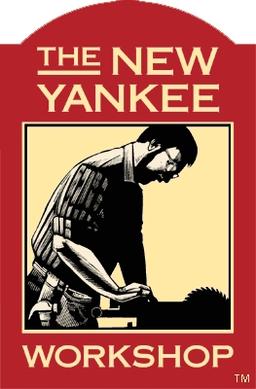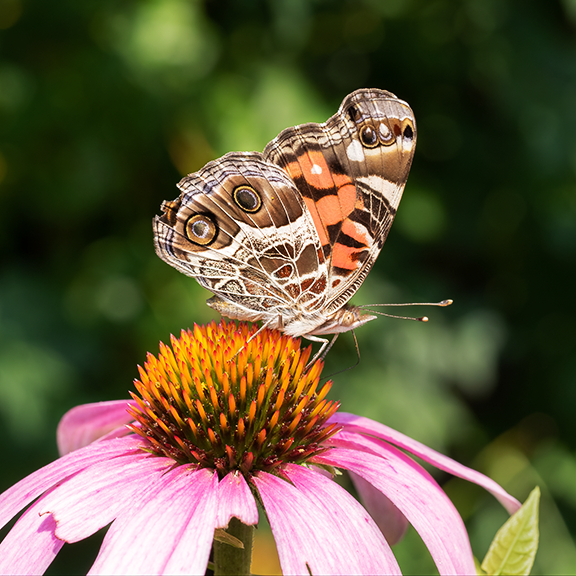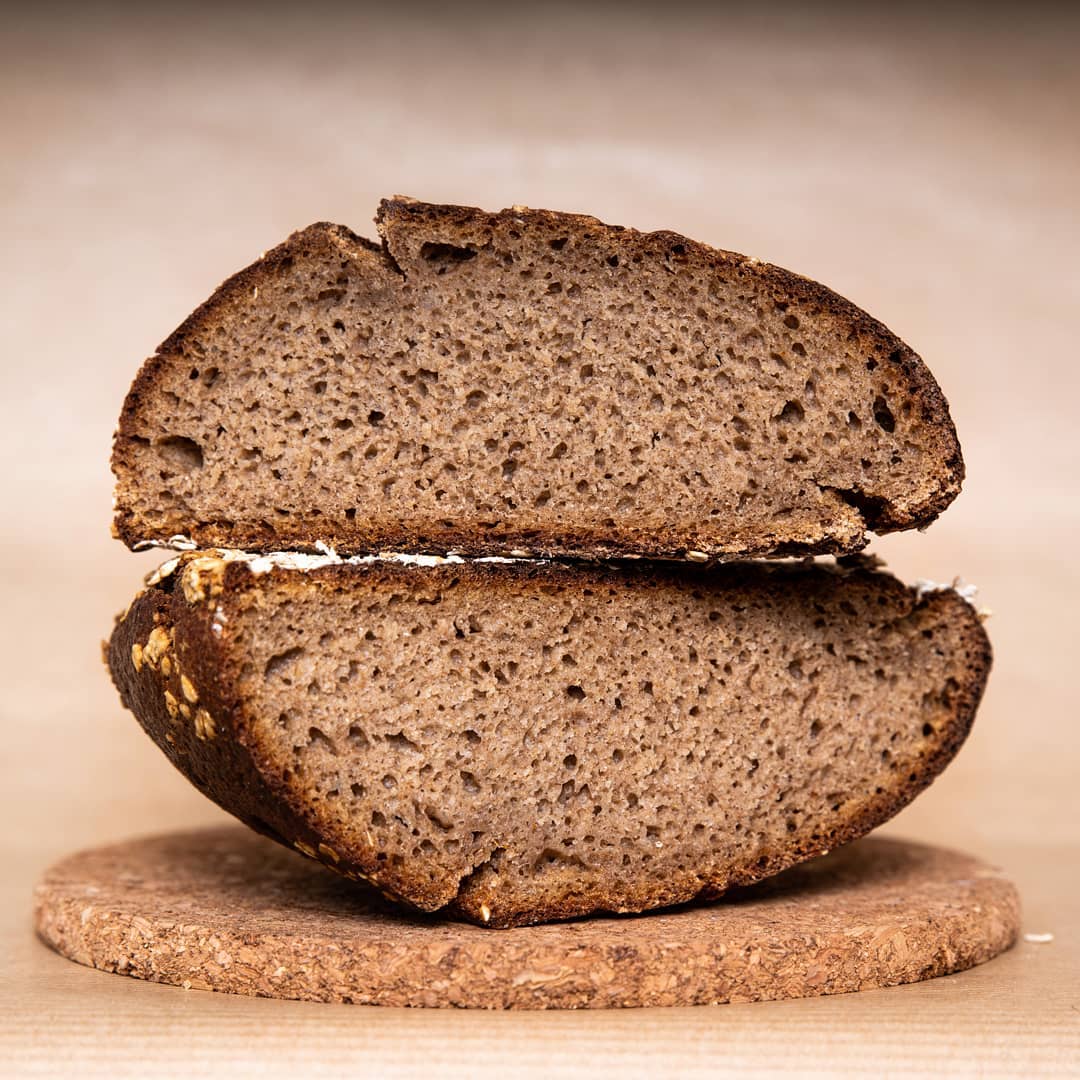- 54 Posts
- 182 Comments
o7
All very reasonable points, and while I’m aware it’s very unlikely I can just dive into work, I kinda wanna anyway. Say it’s like 30% and I make the table, so i have to plane it periodically to reflatten? I don’t see that as a big deal
On the other hand, if it is genuinely green, a 24"×6"×96" slab would be like 500lbs, which is a little over what I think i can safely maneuver by myself.
I’m really not gonna know if this is anything but a pipe dream until the tree removal company cuts into it. For all I know it’s rotted all to hell and is worthless
But if it isn’t, what an opportunity. To take a tree from my backyard and turn it into a hopefully gorgeous workbench. That’s a dream come true
- I don’t know the moisture content, it’s already mostly dead, just standing.
- it’s ten feet from my house, logs will be stacked and milled in the driveway after the crane takes them out of the backyard
- fair point about the pith, that was kind of what I was getting at with the question, so thanks
- of course you’re right, for the same reason plywood is so dimensionally stable. BUT, theres a few other factors I’m considering
First, cool factor. I just kinda like the idea of just a few massive hunks of wood stuck together into a table. Appeals to the caveman brain
Second, actually practical, laminating the top basically quadruples the surface area id have to get square and true, and since I’m likely doing this all by hand, that’s like two months of work right there, I’ve got a one year-old bumbling around here
Well the tree is about 75-80% dead already, so i don’t really know what state the wood is gonna be in when it comes down.
I plan on largely using hand tools, I don’t have the space or money for power tools. Plus there’s a unique feeling of satisfaction knowing I can make things with a saw, set of chisels, and a couple hand planes

 11·21 天前
11·21 天前The Chance-Vought F4U Corsair. People fangirl over the reverse gull-wings but I just don’t get it. Bending the goddamn wings to fit the the prop on the plan is just a bizarre bandaid for an odd design.
Gimme that P-47 chunky monkey any day
I saw decapril, thought the exact same thing
Not constant, actually, my professor emphasized that after being completely dessicated, when rehydrated about 80% of the plant will revive perfectly functional
Yeahhhh, he’s bumbling around these days
Because I was really excited and my apartment sucks, it is what it is

 3·2 个月前
3·2 个月前I’m telling you, spend a few days actually looking for and actually SEEING moss, it’ll blow your mind

 8·2 个月前
8·2 个月前There is a strip of grass beside the driveway to my complex’s parking structure with one tree in it.
That tree and the surrounding grass has at LEAST five species of moss living on it, so I just slow down on my walk to the car and appreciate those diverse, weird little plants
Liverworts are one of the oldest living ancestors of modern plants, their life cycles are kinda weird, they look more like something that grows in a petri dish than a plant, and this one looks like snake skin
I just finished a two week, three credit-hour crash course primarily on mosses, but it included liverworts and hornworts a bit, too. So to find one in the wild was really cool because it’s the first time in my life I’ve seen one.
They’re just weird and I like em
Look up keystone species, they’re the best bang for your buck
I really appreciate that! I made sure to make most of the things I planted look intentional, because my desire for wildness isn’t realistic in suburbia.
So I labeled every species with sharpie on paint sticks and defined borders, in the hopes that the new owners don’t just tear it all out
I did the math, though, and my gardens are roughly 1.8% of the lawn. Nowhere near large enough.
I told my wife that it is EXTREMELY IMPORTANT to me that at least 20% of our next yard is native plants and (she doesn’t know this) a functional ecosystem.
I read “Nature’s Best Hope” by Doug tallamy this semester and it gave me a glimmer of hope against my almost total conviction that things are beyond saving
Yeeahhh I know, that was there when we bought the house a couple years ago and I never got around to replacing them. We’re moving, anyway, and I didn’t have time to grow bushes to replace them
The video on pinball machines was absolutely incredible










Of course, this is all very hypothetical. I’m prepared for all the wood to be useless junk, just planning for ideal circumstances